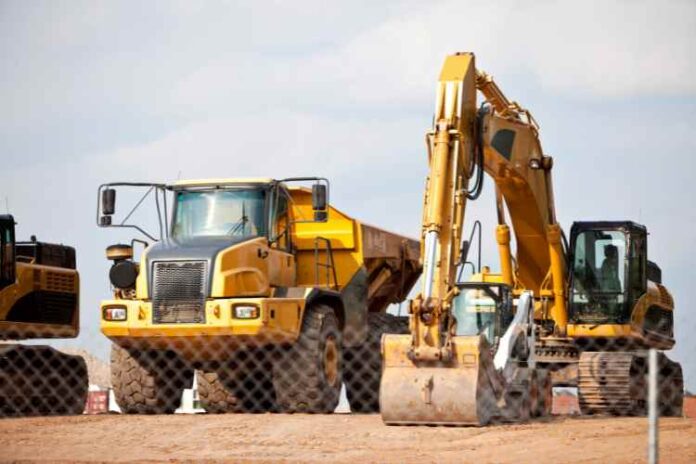The transportation of heavy machinery and equipment is a critical component of various industries, including construction, mining, and manufacturing. Whether it’s a backhoe, a bulldozer, or a crane, moving heavy equipment safely and efficiently requires careful planning, expertise, and specialised equipment. This article will explore key considerations and best practices for heavy machinery transport.
Planning and Preparation:
The success of any heavy equipment transportation project depends on proper planning and preparation. Before transporting any equipment, it is essential to assess the machinery’s size, weight, and dimensions to determine the appropriate mode of transportation, route, and permits required. It is also crucial to consider any environmental or weather conditions impacting the transportation process, such as high winds or heavy rain. Additionally, it is essential to ensure that the equipment is appropriately secured and loaded for transportation, as any shifting or movement during transport could result in serious accidents or damage to the equipment.
Choosing the Right Mode of Transportation:
When it comes to transporting heavy machinery and equipment, there are several modes of transportation, including flatbed trucks, lowboy trailers, and specialised equipment carriers. Each mode of transportation has advantages and limitations, and the choice will depend on the size, weight, and type of equipment being transported.
Flatbed trucks are commonly used for smaller equipment or machinery that can easily load and unload. They are ideal for short to medium distances and offer a cost-effective solution for transporting lighter loads.
Lowboy trailers are used for larger, heavier equipment and machinery that requires a lower centre of gravity. These trailers have a low deck height, making them ideal for transporting tall equipment, such as cranes or excavators. They are also equipped with ramps, allowing easy loading and unloading.
Specialised equipment carriers, such as heavy hauliers, are designed to transport oversized and overweight equipment. These carriers come in various configurations, including multi-axle trailers and self-propelled modular transporters, which allow for the transportation of extremely heavy loads. However, these carriers are typically more expensive than other modes of transportation and require specialised expertise to operate.
Route Planning and Permits:
Transporting heavy machinery and equipment requires careful route planning to ensure the transportation process is safe and efficient. Before transporting any equipment, it is essential to assess the route, considering any low bridges, narrow roads, or sharp turns that could present a challenge during transport. It is also important to obtain any necessary permits and approvals from local authorities, such as overweight and oversized permits, before beginning the transportation process.
Equipment Inspection and Maintenance:
Before transporting any equipment, it is essential to conduct a thorough inspection to ensure it is in good working condition. Any necessary repairs or maintenance should be carried out before transport to avoid any breakdowns or accidents during the transportation process. Additionally, it is crucial to secure and immobilise any moving parts of the equipment, such as hydraulic arms or booms, to prevent any accidental movement during transport.
Safety Precautions:
Transporting heavy machinery and equipment presents several safety risks, and it is essential to take all necessary precautions to ensure the safety of everyone involved in the transportation process. This includes appropriately securing the equipment to the trailer or carrier, ensuring that the load is evenly distributed, and using appropriate safety equipment, such as safety harnesses and hard hats. Adherence to all traffic regulations and guidelines, such as speed limits and weight restrictions, is also essential.
Conclusion:
Heavy machinery transport is a complex process that requires careful planning, expertise, and specialised equipment. By following the key considerations and best practices outlined in this article, companies can ensure that their equipment is transported safely and efficiently.
